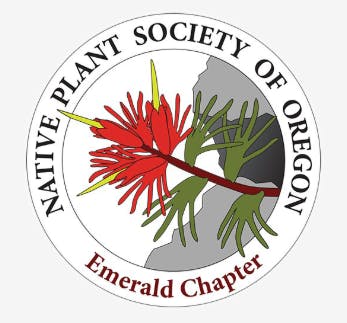Invasive Plants
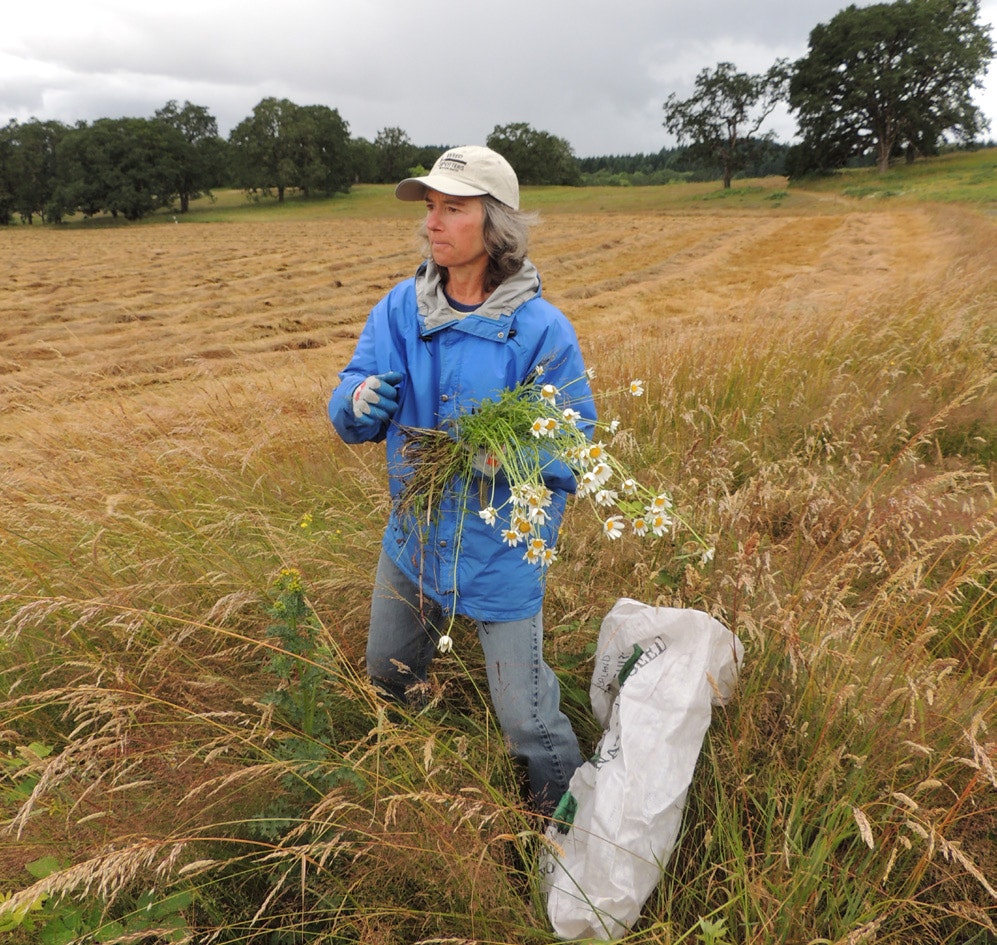
Weeds are plants growing in places where they are not wanted. Invasive weeds are non-native plants that can cause harm to the natural environment, humans and animals. The Oregon Department of Agriculture estimates that Oregon spends $81 million annually on the control of invasives species. Weed management is an on-going activity. Weeds that appear to be suppressed may re-emerge. Reducing soil disturbance along with regular monitoring and weed removal are the keys to weed control.
Pathways and Prevention
Weeds are often introduced by human activities. Some weeds (like Himalayan blackberry) are brought in for agricultural purposes, others (like reed canarygrass) may be imported for erosion control, and many (like butterfly bush) have been introduced through the nursery trade. Once present, weeds can be spread by people, birds, wildlife, wind, water, machinery and other means.
Follow these practices to help limit the spread of invasive weeds on your property and throughout the county:
- After working with or walking through weeds, remove any plant parts from your apparel and gear before moving to another area. PLAY, CLEAN, GO!
- Use only native or non-invasive species when planting new vegetation.
- Carefully choose pond plants to avoid accidentally introducing weedy aquatic species.
- Never dump aquarium contents down any drain. Seal in a bag and put in the trash.
- Buy fire wood locally. Weeds and pests can be transported in wood.
- Clean boats of all vegetation and aquatic life after each use. CLEAN, DRAIN, and DRY.
Reporting
Look for new invaders every time you are outdoors. Scan the area and pay special attention to:
- Pathways (roads, trails, edges)
- Habitats (aquatic plants in water bodies, understory plants on forest floor, etc.)
- Distribution - (plants that seem out of place)
When you find something:
- Double check the ID (consult a guidebook or contact an expert at Benton SWCD or OSU Extension Master Gardeners).
- Record the location on a map.
- Record the size of the infestation (# of plants,
- area covered).
- Take a digital photo of the plant.
- Go to www.oregoninvasiveshotline.org to report with as much info as you have.
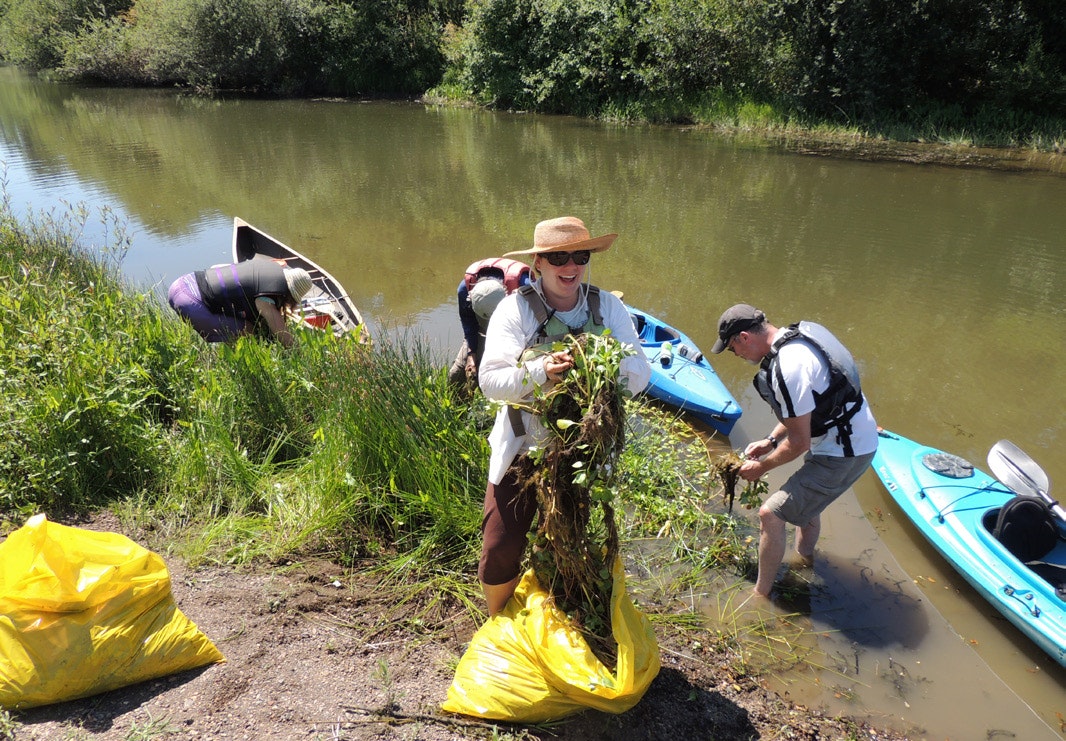
Weed Management Strategies
Property owners will benefit greatly from working with neighbors on weed management because of the transient nature of weeds. Be aware that certain weeds require different management strategies to control. Identifying weed threats on your property is the first step to early detection and rapid response.
Prevention is the most cost effective line of defense. Keep your property covered with desirable vegetation and make sure not to transport weeds. Use native or non-invasive vegetation to out-compete noxious weeds.
Quickly respond to any new weed infestation. Common weed control techniques include:
- Physical: Hand-pulling weeds before they set seed can help stop them from spreading.
- Mechanical: Mow, rake or use powered tools and machinery to manage weeds.
- Grazing: Allow livestock to graze weeds before they go to seed. Since animals can transport seeds, don’t move them from a weedy area to a weed free area.
- Chemicals: Herbicides are commonly used to kill weeds. Be sure to read the product label prior to application. Use the weather (e.g., wind direction), buffers or other practices to minimize any transport of chemicals away from the target plant by runoff or drift.

.png?ixlib=rb-1.1.0&w=2000&h=2000&fit=max&or=0&s=7b941412f8dd3316c2f222061a2bb2a6)
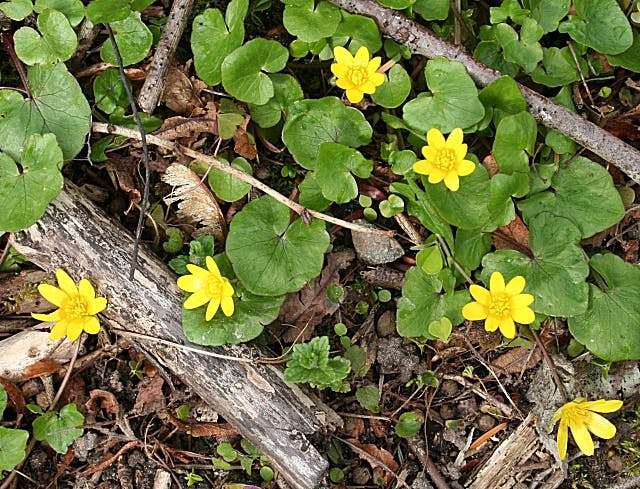

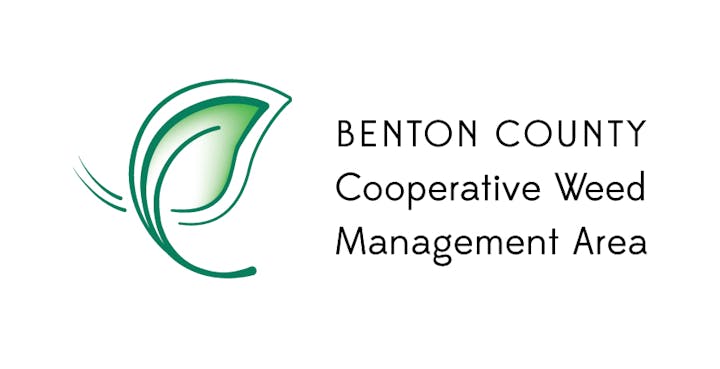
.png?ixlib=rb-1.1.0&or=0&w=720&h=720&fit=max&auto=format%2Ccompress&s=f0984b6ace0073691f0ce8fd517b4f98)



